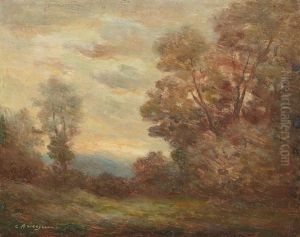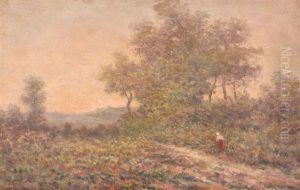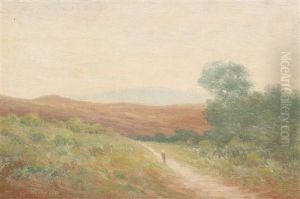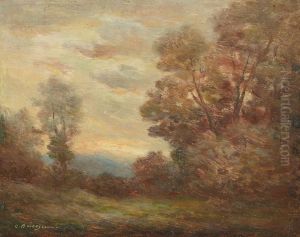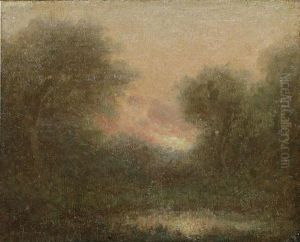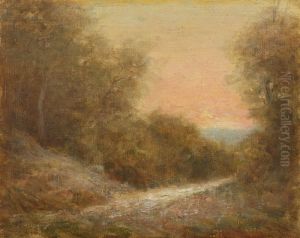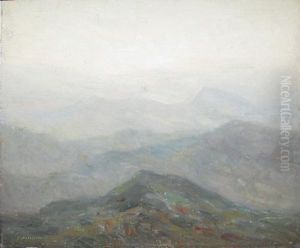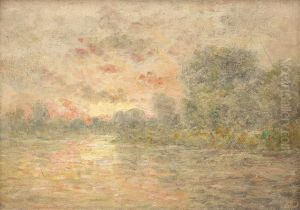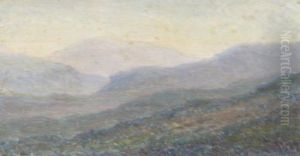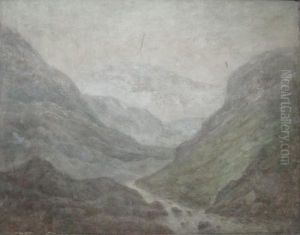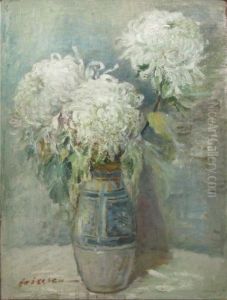Constantin Aricescu Paintings
Constantin Aricescu, a notable Romanian painter, was born in 1843 and lived until 1929. His life spanned a period of profound changes in Romania, from the late Romantic period through the emergence of modernism in art. Aricescu was primarily known for his contributions to portrait painting and landscapes, demonstrating a keen ability to capture the essence of his subjects and the beauty of the Romanian countryside.
Aricescu's early life was marked by his passion for art, which led him to pursue studies in this field. Despite the lack of detailed records about his educational background, it is known that he was part of the vibrant European art scene of the late 19th century. He traveled extensively, which allowed him to absorb influences from various art movements of the time, including Realism and Impressionism.
Throughout his career, Constantin Aricescu remained deeply connected to his Romanian roots. His works often portrayed scenes from rural life, historical events, and figures from Romania's past, contributing to the national identity's visual narrative. Besides landscapes and portraits, Aricescu also explored genre scenes, capturing everyday life with authenticity and a nuanced understanding of human emotions.
Aricescu's artistic legacy is preserved in Romania's national galleries and museums, where his works continue to be celebrated for their contribution to Romanian art history. Despite not being as widely recognized internationally as some of his contemporaries, his art remains an essential part of the cultural heritage of Romania, reflecting the country's history, traditions, and landscape through the eyes of a sensitive and talented artist.
His death in 1929 marked the end of an era, but his influence persists, inspiring future generations of Romanian artists. The body of work he left behind serves not only as a testament to his skill and vision but also as a window into the soul of Romania during a pivotal period in its history.


